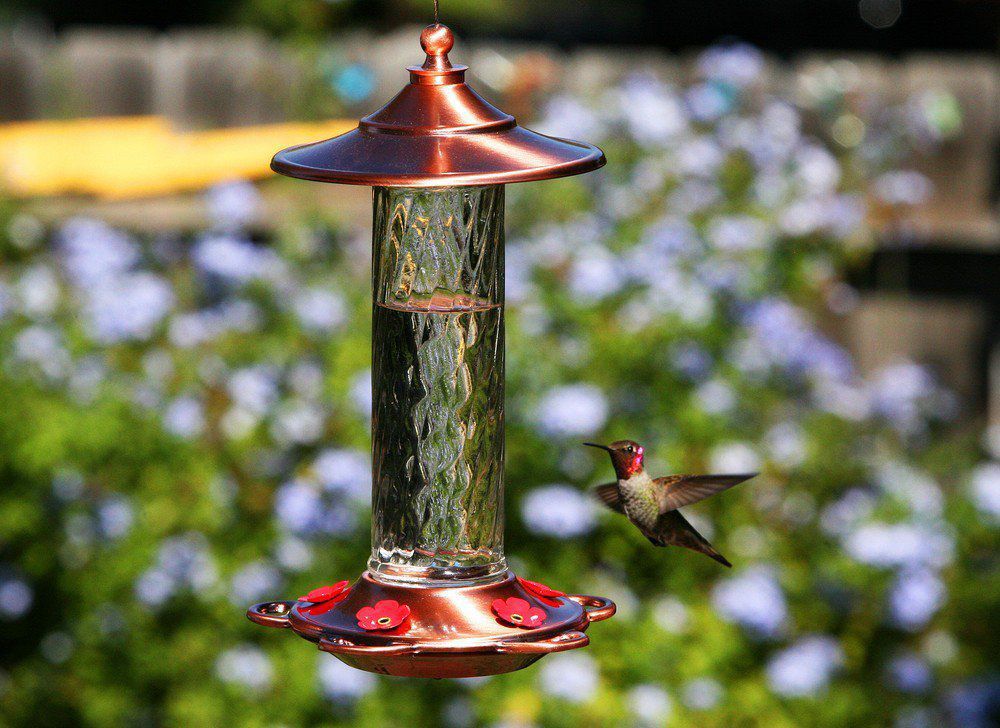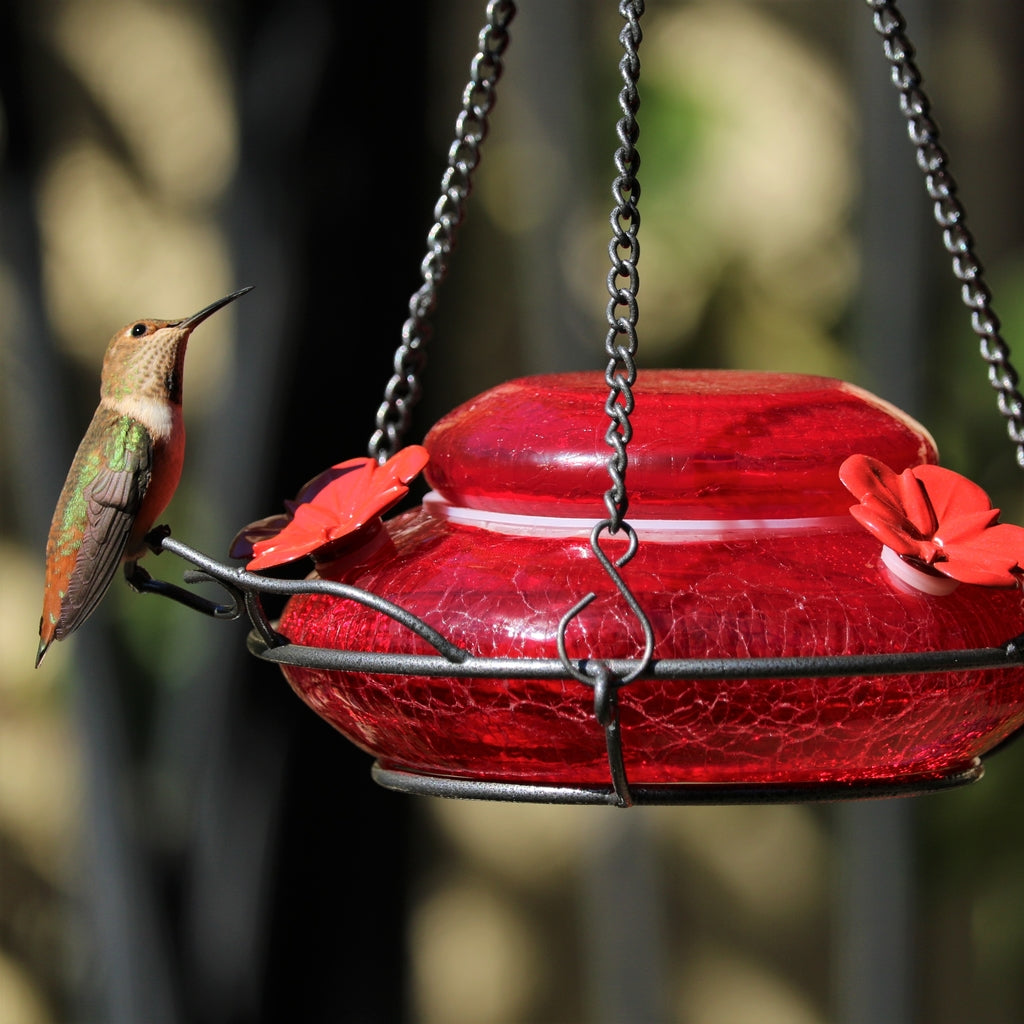


Use feeder(s) whose size matches your population.ĭon't fill the feeders all the way if they aren't being fully consumed between fillings. Look for a feeder that has the ports above the pool of liquid to avoid drips, because drips will attract ants and bees.

A recent product that seems to be effective in providing fruit flies is the Humm-Bug Protein Feeder.Ĭhoose a feeder that you are able and willing to clean. We assumed that supplying fresh spiders for your hummer population might not exactly be your idea of a good time and only included our top tips for hummingbird feeders below. They eat insects and tiny spiders to supply protein and also feed on tree sap (see this great video). Hummingbirds do not live on sugar water and nectar alone. * If cane sugar is not PURE WHITE, it may not have been sufficiently purified to remove trace amounts of molasses.Īs we know, molasses is rich in iron this is helpful to humans but is a toxin to hummingbirds in all but the tiniest, tightly monitored amounts. Taking down the feeder: In the fall, wait until you haven't seen even one hummer for three weeks before taking your feeders down to reduce the risks to late migrants. But a bee problem is, in fact, a feeder design problem, and you need a different feeder-one which makes it impossible for the bees to access the mixture usually this is by having an air gap between feeder port and the liquid below it. If too many bees are being attracted, change the mixture to five cups of water for every one cup of sugar. Spring water is preferred, but most tap water is acceptable. No red food coloring! Unused mixture can be stored in the refrigerator for up to a week.Ĭane sugar is highly recommended, although beet sugar is okay.ĭo not use any other sugar - not turbinado, raw, powdered or brown sugar etc OR ORGANIC SUGAR* - and never use honey or artificial sweeteners. 1 cup of white cane sugar 4 cups of spring waterĭirections & Tips Dissolve the sugar in the water.


 0 kommentar(er)
0 kommentar(er)
